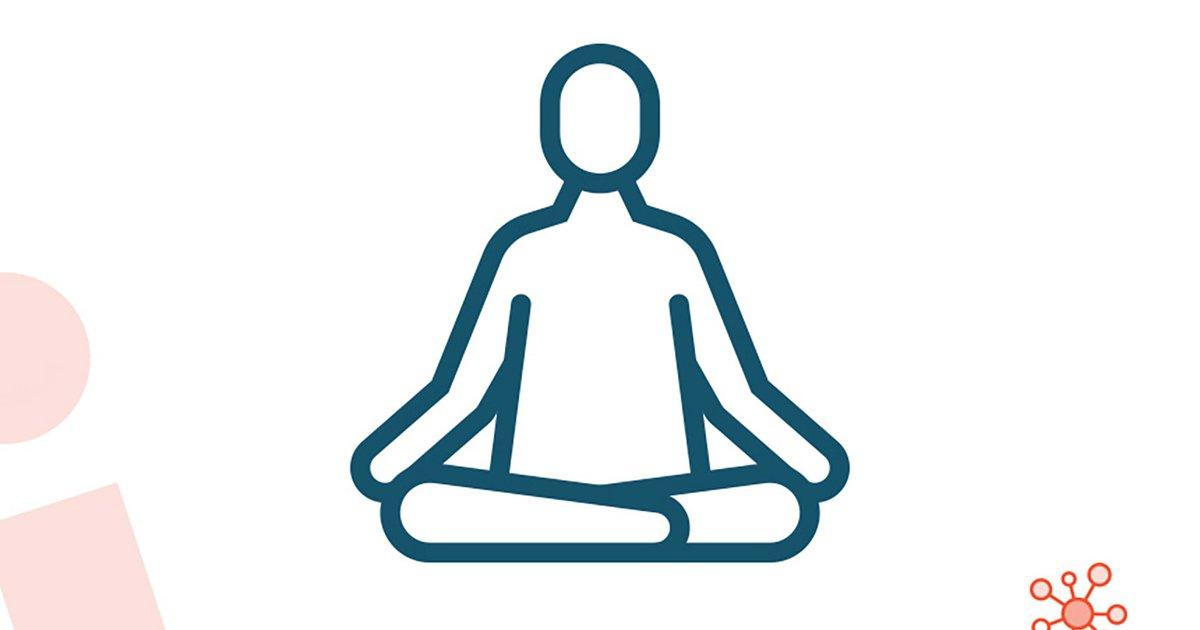In a world that spins ever faster, where the mind is often overwhelmed by a deluge of information and the spirit yearns for tranquility, meditation emerges as a beacon of calm. This ancient practice, with roots that stretch across cultures and centuries, promises a sanctuary of stillness and clarity. Yet, as meditation finds its place in modern routines, a question arises: should one delve into its historical tapestry to truly reap its benefits, or can its essence be captured and cherished without the weight of its past? This article explores the delicate balance between understanding meditation’s rich heritage and embracing its practice in the present moment, inviting readers to ponder the role of history in their personal journey towards mindfulness.
The Roots of Serenity Exploring Meditations Historical Tapestry
Peering into the rich tapestry of meditation’s history reveals a world of ancient wisdom and diverse traditions that have shaped the practice into what it is today. From the serene landscapes of India, where early forms of meditation were intertwined with Hindu and Buddhist philosophies, to the contemplative practices of Taoism in China, each tradition offers a unique perspective on the art of inner stillness. Understanding these roots provides not only a deeper appreciation but also a more profound connection to the practice, enriching the meditative journey with layers of cultural and spiritual significance.
- Ancient Practices: Uncovering techniques from different eras and cultures can illuminate how meditation has been adapted and reinterpreted over centuries.
- Philosophical Insights: Delving into the philosophies behind meditation can offer new ways of understanding its purpose and potential benefits.
- Cultural Context: Learning about the historical context in which meditation developed can enhance one’s personal practice, making it more meaningful and informed.
While the benefits of meditation can certainly be enjoyed without an in-depth historical knowledge, those who take the time to explore its origins may find a richer, more textured experience. The choice lies in how deeply one wishes to engage with the practice, balancing personal exploration with the wisdom of the ages.

Modern Practice with Ancient Wisdom Bridging the Knowledge Gap
While meditation has surged in popularity as a tool for enhancing well-being, the question of whether it should be practiced without understanding its historical context is intriguing. At its core, meditation is more than just a technique for relaxation; it is a tradition steeped in centuries of cultural and spiritual evolution. Delving into its history can enrich one’s practice by offering insights into its diverse forms and purposes.
- Deeper Connection: Understanding the roots of meditation can create a profound connection with the practice, allowing practitioners to appreciate its evolution and significance.
- Enhanced Perspective: Exploring historical contexts can provide clarity on the intentions behind different meditation styles, helping individuals choose a practice that aligns with their personal goals.
- Cultural Appreciation: Recognizing the cultural heritage of meditation fosters respect and appreciation, preventing the dilution of its traditional values.
Ultimately, while meditation can certainly be beneficial without historical knowledge, embracing its past can transform a routine practice into a holistic journey, bridging the knowledge gap between modern-day applications and ancient wisdom.

Cultural Context in Mindfulness Balancing Tradition and Innovation
In the evolving landscape of mindfulness, the interplay between ancient traditions and contemporary innovations is pivotal. Understanding the cultural context of meditation can enrich one’s practice, providing deeper insights and connections. Traditional practices, rooted in centuries-old wisdom, offer a foundation of discipline and spiritual exploration. These practices are not merely techniques but are embedded in a rich tapestry of philosophical and cultural narratives that shape their essence.
- Historical Significance: Recognizing the historical significance of meditation practices can lead to a more profound appreciation of their transformative potential.
- Cultural Stories: Each tradition carries unique stories and lessons that can inform and inspire modern mindfulness.
- Balancing Act: Innovating within these frameworks allows for the adaptation of meditation practices to fit contemporary lifestyles while respecting their origins.
Innovation, on the other hand, brings accessibility and relevance to mindfulness, allowing individuals to tailor practices to their personal needs. However, without an understanding of the underlying historical and cultural contexts, the risk of diluting the practice’s depth and significance increases. Striking a balance between honoring tradition and embracing innovation can cultivate a practice that is both authentic and adaptable, fostering a holistic mindfulness experience.

Recommendations for the Uninformed Meditator Paths to Deeper Understanding
For those embarking on a meditation journey without a deep understanding of its rich historical roots, it’s essential to consider a few recommendations to enrich your practice. While meditation can be approached from a purely practical standpoint, exploring its origins can provide valuable insights and deepen your experience.
- Explore Diverse Traditions: Delve into the myriad traditions that have shaped meditation practices. From the serene landscapes of Zen Buddhism to the rhythmic chants of Hinduism, each tradition offers unique perspectives and techniques that can enhance your meditation.
- Connect with Experienced Practitioners: Seek out communities or teachers who have dedicated years to understanding the historical context of meditation. Their insights can guide you towards a more profound and informed practice.
- Read Foundational Texts: Engage with seminal texts that have laid the groundwork for meditation practices. Whether it’s the Yoga Sutras of Patanjali or the teachings of the Buddha, these works offer timeless wisdom.
- Reflect on Personal Intentions: Consider why you are drawn to meditation. Understanding your own goals and motivations can help align your practice with historical teachings, fostering a more meaningful connection.
By integrating these suggestions into your meditation practice, you can cultivate a richer understanding and appreciation of this ancient discipline, bridging the gap between modern application and historical wisdom.
The Way Forward
the question of whether meditation should be practiced without delving into its rich historical tapestry remains a deeply personal one. For some, the ancient roots and cultural narratives offer a profound depth, enhancing their practice with layers of meaning and tradition. For others, the practice of meditation in its distilled, contemporary form serves as a powerful tool for mindfulness and personal well-being, untethered from the past.
As we navigate this modern landscape, where ancient wisdom meets contemporary life, perhaps the true essence of meditation lies in its ability to adapt and resonate with each individual, regardless of their path. Whether you choose to explore its historical depths or simply embrace its present-day benefits, the journey of meditation is uniquely yours to define. After all, in the stillness of the mind, there lies a space where history and present moment coexist, offering peace and clarity in a world that is constantly in motion.
